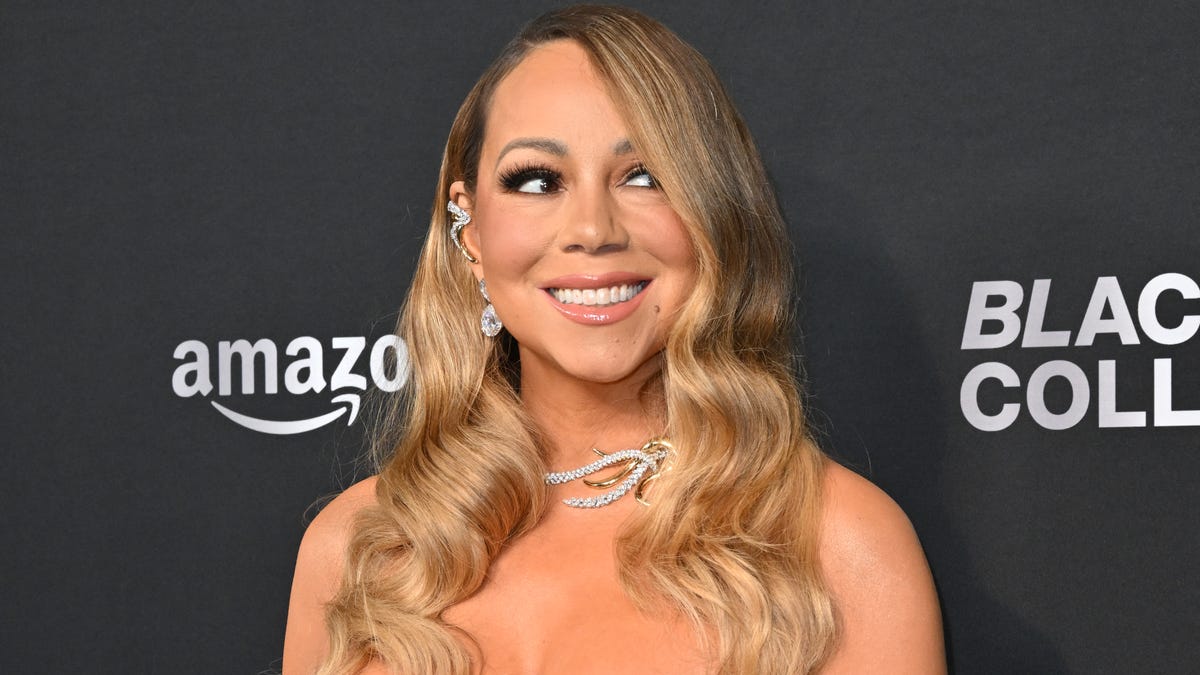Brandon Sklenar, Julia Schlaepfer talk ’1923’ S2 finale
Stars Brandon Sklenar and Julia Schlaepfer dish to USA TODAY on season two “1923” finale details.
Spoiler alert! This story discusses the aftermath of the “1923” Season 2 finale. Hold your horses if you don’t want to know what happens.
Even before Sunday’s two-hour Season 2 finale on Paramount+ (now streaming), “1923” fans were already asking if there would be a Season 3.
Led by Harrison Ford, 82, and Helen Mirren, 79, “1923” was originally set to run for two seasons. But there hasn’t been a formal announcement in creator Taylor Sheridan’s ever-changing Yellowstone-verse. There is a new “Yellowstone” saga in the works, “1944,” which will pick up the Dutton story.
With the Season 2 finale, the “1923” character stables are pretty cleared out. Alexandra Dutton (Julia Schlaepfer) gives birth to son John Dutton before dying in bed with her husband Spencer (Brandon Sklenar). While not confirmed, you can bet the ranch that this baby is John Dutton II, the father of Kevin Costner’s John Dutton III.
John Dutton II was played in a flashback on “Yellowstone” episode by Dabney Coleman, who died last year. “1944” would undoubtedly feature a new young actor playing John Dutton II, who would be 20 years old.
What happens to the Duttons of “1923” in the finale?
Alex is bestowed with the ultimate posthumous Dutton honor in the finale, a gravestone in the famed ranch cemetery for top-tier clan only. She is an English aristocrat in Montana, yet still, she earns her plot in the Deceased Dutton Hall of Fame.
“It’s such an honor. I know that everyone will be so upset about being a part of the Dutton family cemetery,” Schlaepfer tells USA TODAY.
Alex lived strong, died well, gave birth to a pivotal Dutton baby, dumped her feeble aristo fiancé for Spencer, and gave viewers a love story saga.
Ford’s Jacob already admits he’s retiring from ranching. Cara makes a point of saying that baby John is “the future” while sitting on the Yellowstone Ranch porch. The finale fast forwards to an obscured view of the never-remarried, aged Spencer lying down by his wife’s grave. Sklenar refuses to confirm his character’s death to USA TODAY or that “1923” is done.
“He’s an old man, possibly just taking a nap,” Sklenar says. “There might be a (“1923″) version with geriatric Spencer dragging his gun because he’s too weak to hold it.”
Even if “1923” is over, it’s been a ride. “We did our best to bring this couple’s story to life and do justice to their role in Dutton history,” says Sklenar. “It was such an honor.”
The couples of ‘1923’ get a final moment with one eternal dance
Cara and Jacob get a touching final scene sitting on the famed Dutton Yellowstone ranch as Jacob refers to his long-time, beloved wife as a “shooting star.” All-knowing “1923” narrator Elsa Dutton (Isabel May), who also narrated “1883” from beyond the grave, says that Alex was laid to rest in 1924, and “45 years later,” Spencer joined her.
The couple is shown in their prime in a ballroom scene right out of “Titanic,” with Spencer entering and embracing Alex. “What took you so long?” she asks, before the two start dancing. The potentially series-ending shot of the finale, titled “A Dream and a Memory,” is a black-and-white freeze frame of the swirling couple on the dance floor. They dance through memory, frozen in time — a love story sealed in black and white.







